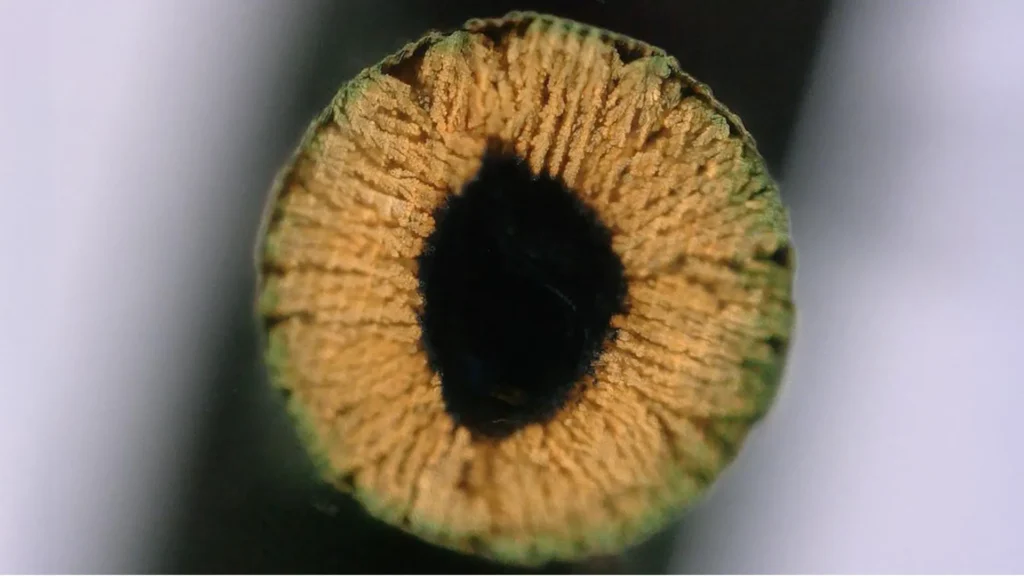
Hydrogel to be EPFL’s new 3D printing method
EPFL researchers achieved a breakthrough in 3D printing with hydrogels, creating metal and ceramic structures with unprecedented strength and density.

EPFL researchers achieved a breakthrough in 3D printing with hydrogels, creating metal and ceramic structures with unprecedented strength and density.

The 3D printed hypercar covered 1600 km to break five consecutive lap records on Californian circuits.
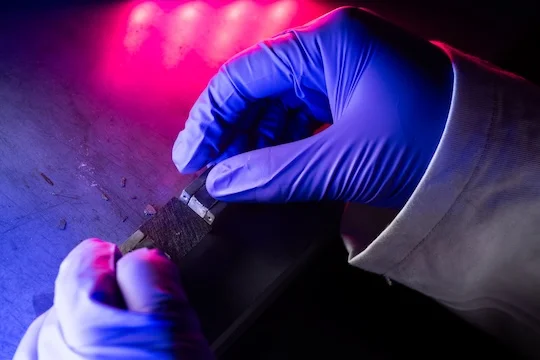
Instant, waterless separation of critical elements in used magnets using Joule heating and chlorine gas.
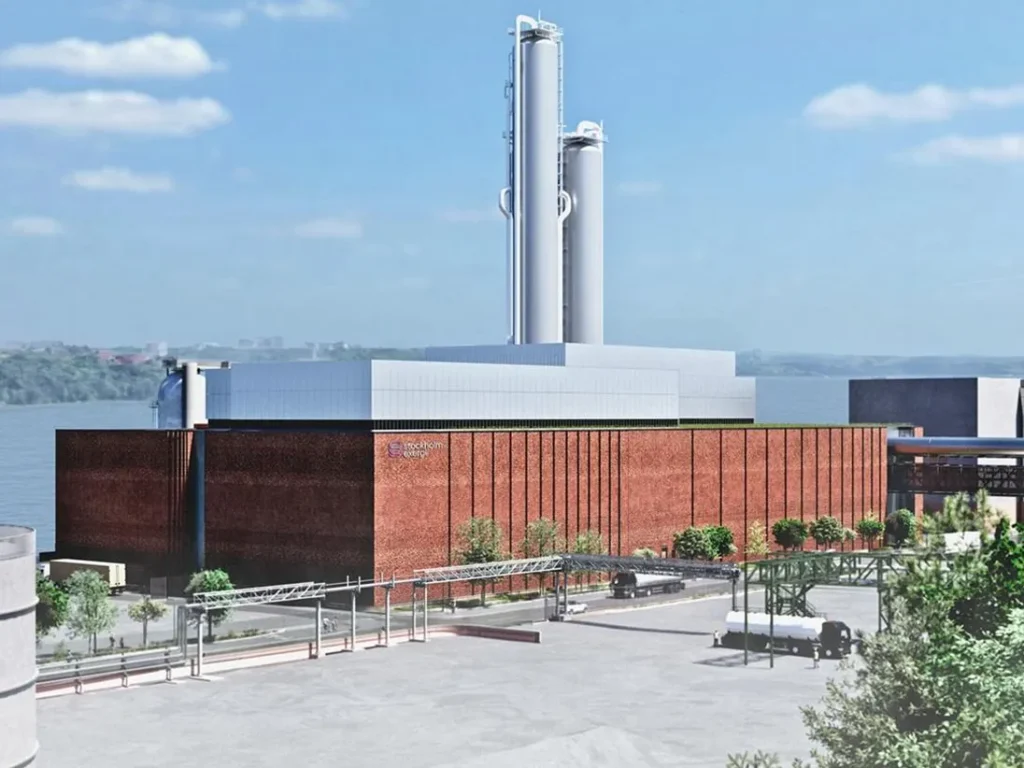
The BECCS project will capture 800,000 tons of CO2 per year and store it under the North Sea.
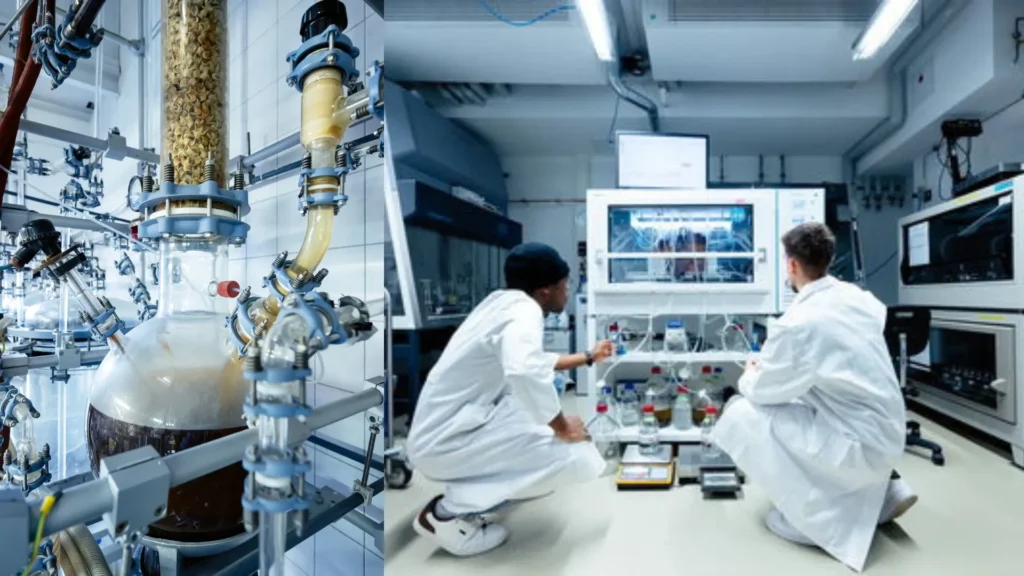
The microorganism metabolizes complex carbon mixtures.
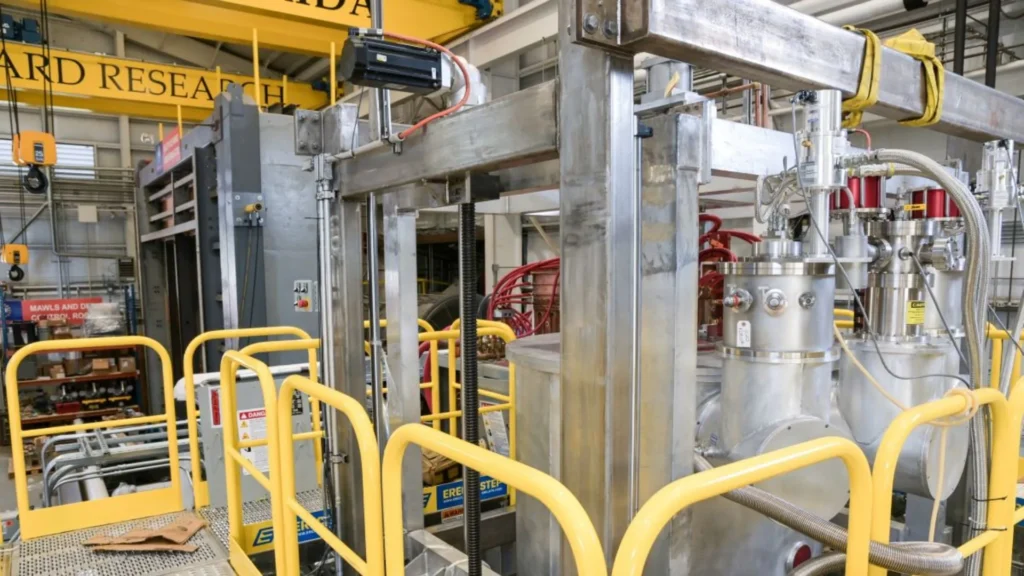
The system can reduce heat treatments from eight hours to a few minutes thanks to high-intensity magnetic fields.
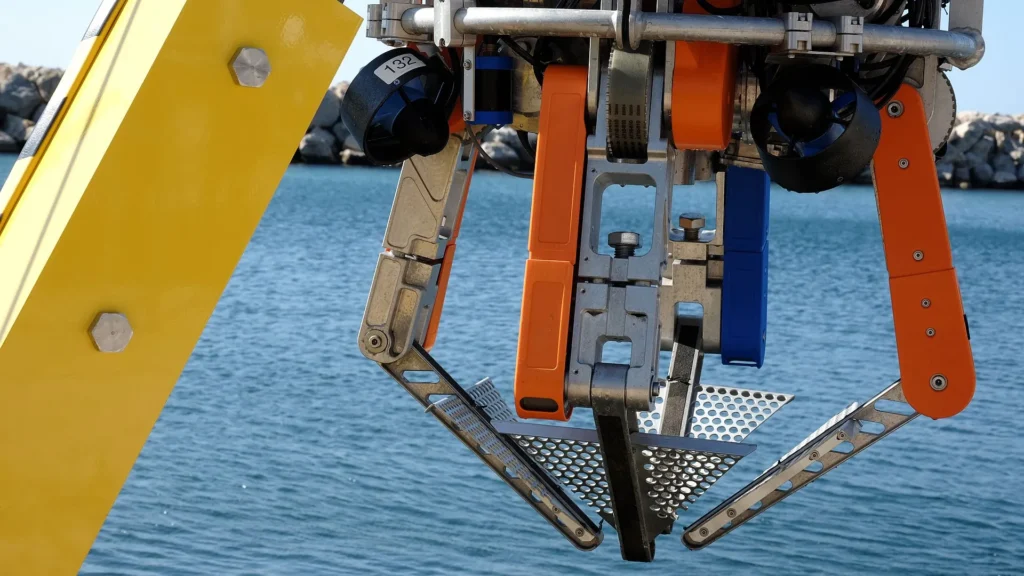
Artificial intelligence, 3D vision and a 4000 N grapple. This is how the autonomous marine harvesting system works.

It has a lifting capacity of up to six tons and a vertical reach of nine meters.

The first section of rail made of CO₂-free steel is already installed and in operation at Linz Central Station.
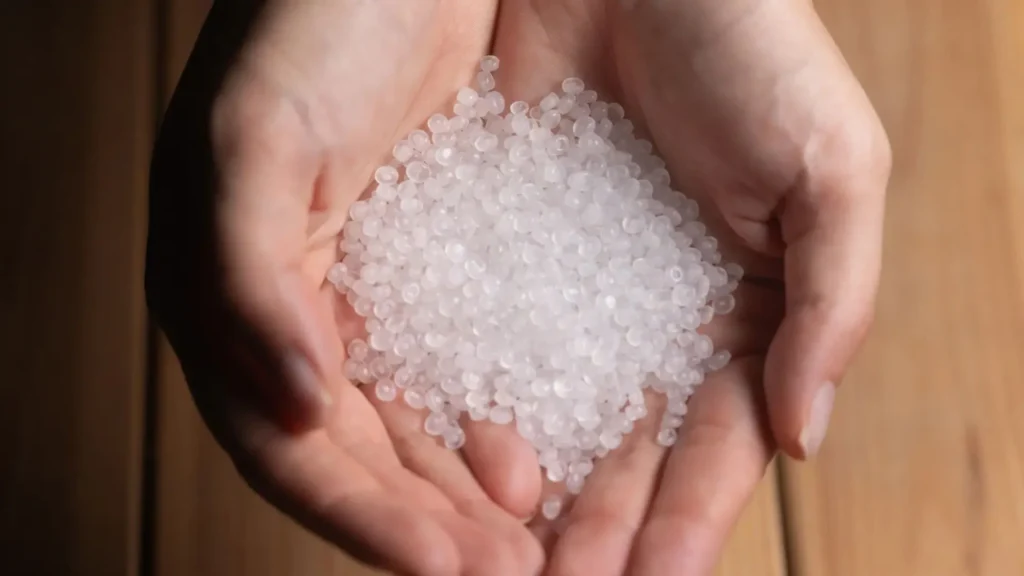
The Antwerp plant will produce 200,000 tons of fossil-free polypropylene with a negative carbon balance.

63 of the plant's 74 acres will be dedicated to renewable energy.

The new grid fins enhance descent control and will facilitate aerial capture.